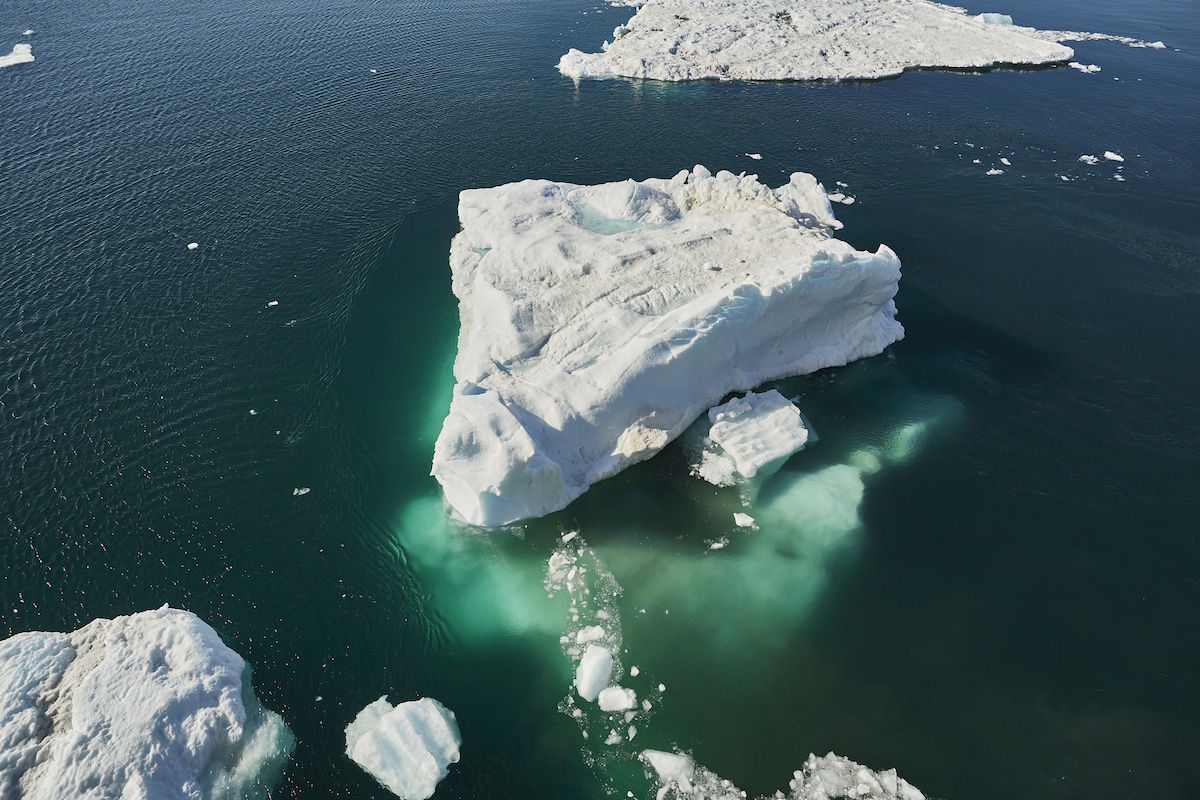Antarctic Sea Ice Hits ‘Almost Mind Blowing’ New Low

 Why you can trust us
Why you can trust us
Founded in 2005 as an Ohio-based environmental newspaper, EcoWatch is a digital platform dedicated to publishing quality, science-based content on environmental issues, causes, and solutions.
Recent satellite data from the U.S. National Snow and Ice Data Center shows that Antarctic sea ice extent is far below any level ever recorded.
The continent’s sea ice is an important regulator of Earth’s temperature by not only lowering the temperature of the water below, but also reflecting the sun’s rays back into the atmosphere.
“It’s so far outside anything we’ve seen, it’s almost mind-blowing,” Dr. Walter Meier, a sea ice monitor with the National Snow and Ice Data Center, told BBC News.
Right now Antarctic sea ice is less than 17 million square miles, which is 1.5 million square miles less than the average for September, much lower than the average record low for winter.
The missing ice is approximately five times as big as the British Isles.
Scientists believe the decrease in sea ice is primarily because of human-caused global heating from the burning of fossil fuels. Ocean currents, temperature and winds also affect sea ice extent.
“The bottom line is that we don’t know for sure [the cause] – the Antarctic system is complex and poorly sampled,” professor Martin Siegert, a University of Exeter glaciologist, told MailOnline. “It would be good to have a definitive answer, but it doesn’t actually matter that much. We certainly can’t afford to assign it to variability as some excuse for not stopping fossil fuel burning – that would be crazy.”
Krill is a species largely depended on by other species, but according to environmental activists, the fast pace of warming in the region has changed the keystone species’ distribution.
Meier said the sea ice in the Antarctic may not significantly recover.
“We can see how much more vulnerable it is,” said Dr. Robbie Mallett, a sea ice researcher with the University of Manitoba’s Centre for Earth Observation Science, who is based on the Antarctic peninsula, as BBC News reported.
Sea ice forms from March to October, during the Antarctic winter, then melts during the summer months.
According to the Antarctic and Southern Ocean Coalition, Antarctica and its ocean have been warming faster than the rest of the planet, with ice shelves melting six times as fast as in the 1980s.
Last year’s Antarctic heat wave caused temperatures to be 40 degrees Celsius higher than normal.
“When I started studying the Antarctic 30 years ago, we never thought extreme weather events could happen there,” Siegert said, as reported by BBC News.
A 2020 study published in Nature Climate Change found that land ice loss in Antarctica since the 1990s has contributed more than a quarter of an inch to sea-level rise. Just moderate sea-level rise can cause hazardous storm surges that have the potential to destroy communities along the coast.
“Are we awakening this giant of Antarctica?” Siegert asked, according to BBC News. If so, it would be “an absolute disaster for the world.”
Subscribe to get exclusive updates in our daily newsletter!
By signing up, you agree to the Terms of Use and Privacy Policy & to receive electronic communications from EcoWatch Media Group, which may include marketing promotions, advertisements and sponsored content.

 233k
233k  41k
41k  Subscribe
Subscribe 




